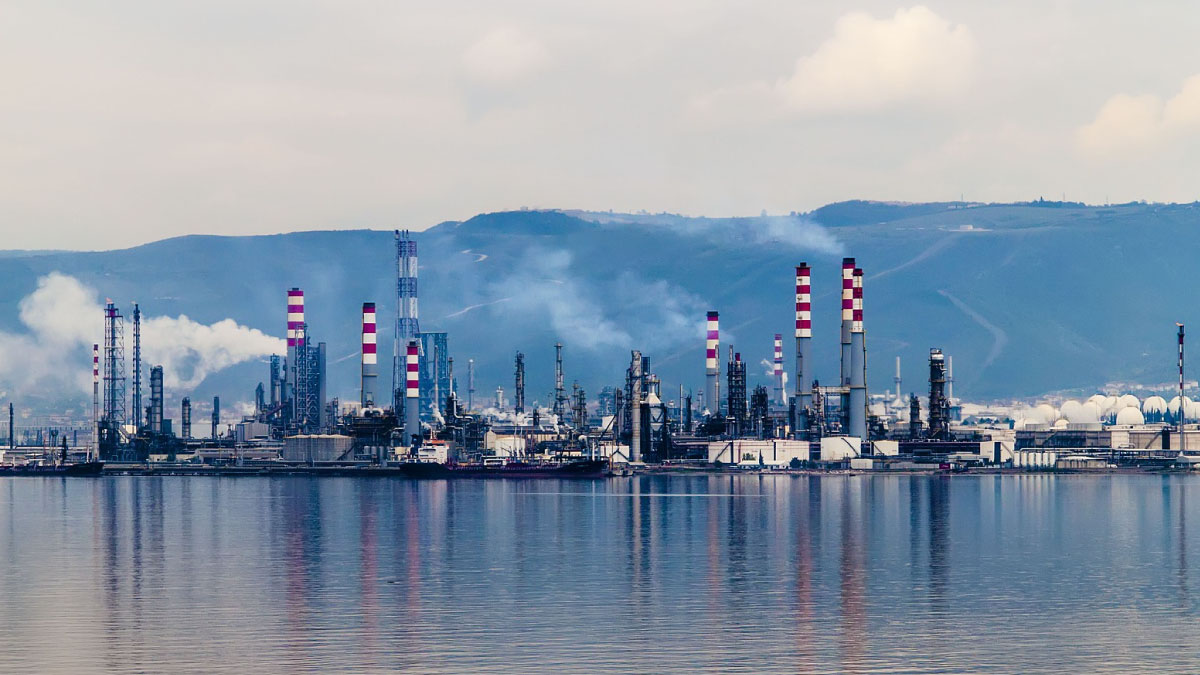
Norway’s Energy Frontier: Oil & Gas Insights 2023
As of 2023, the Norwegian oil and gas industry stands as a cornerstone of the country’s economy and global energy landscape. For decades, Norway has been a significant player in the international oil and gas market. This industry not only contributes substantially to the nation’s GDP but also plays a vital role in maintaining energy security both domestically and abroad.
Within this industry, several key entities shape its operations. This includes government regulatory bodies, major oil and gas companies, service providers, and research institutions. The Norwegian Petroleum Directorate (NPD) is a critical regulatory authority overseeing exploration, production, and environmental aspects. Major players such as Equinor, Aker BP, and ConocoPhillips are pivotal in exploration, drilling, and production activities. Additionally, technological innovators and service providers contribute their expertise to ensure the industry’s efficiency and sustainability.
Emergence of the Industry
The Norwegian oil and gas industry emerged in the late 1960s when significant hydrocarbon reserves were discovered in the North Sea. This pivotal moment transformed Norway into a global energy exporter. The Ekofisk field, discovered in 1969, marked the beginning of large-scale offshore drilling operations.
Milestones and Significant Events
Over the years, the industry has witnessed remarkable milestones. In 1971, the Norwegian government established the State’s Direct Financial Interest (SDFI), allowing direct ownership in oil and gas fields. The introduction of the Petroleum Act 1996 further structured the industry’s regulatory framework. Notably, the Troll field, one of the largest gas discoveries globally, commenced production in 1995. These milestones laid the foundation for the industry’s current operations.
Exploration and Drilling
The Norwegian oil and gas industry leverages technologies for offshore exploration. This includes 3D seismic surveys, advanced geological modeling, and AI-powered data analysis. These tools allow for more precise identification of potential reserves, reducing exploration risks.
Rig Platforms: Types, Locations, and Significance
Various types of rig platforms are employed, ranging from fixed platforms to floating production systems. Notable platforms like the Troll A platform, standing as one of the tallest structures ever moved by humans, demonstrate the industry’s engineering prowess. These platforms are strategically located across the Norwegian Continental Shelf, tapping into diverse geological formations.
Production and Reservoir Management
Efficient extraction and transportation of oil and gas from reservoirs are critical for maximizing resource potential. Enhanced oil recovery (EOR) techniques, such as water and gas injection, increase reservoir productivity. Advanced reservoir modeling and simulation technologies aid in fine-tuning production strategies.
Environmental Considerations
The Norwegian oil and gas industry places a paramount emphasis on sustainability. Rigorous environmental regulations govern operations, ensuring minimal ecological impact. Furthermore, the industry invests heavily in eco-friendly technologies, such as carbon capture and storage (CCS) and offshore wind energy projects, reflecting a commitment to a greener future.
Technological Innovations
Innovations like subsea electrification, which reduces greenhouse gas emissions, and autonomous underwater vehicles (AUVs) for environmental monitoring showcase the industry’s dedication to environmental stewardship.
Economic Impact
The oil and gas industry continues to be a linchpin of Norway’s economy. The petroleum industry is estimated to be contributing NOK 903 billion in 2023 and NOK 832 billion in 2024 to the government’s net cash flow. The industry’s financial stability trickles down to various sectors, positively impacting the overall economic landscape.
Challenges and Future Prospects
The Norwegian oil and gas industry is always adapting to the global market dynamics to be at the top of its game. Navigating the ever-changing global energy landscape presents a key challenge. Factors such as fluctuating oil prices, geopolitical tensions, and evolving consumer preferences for renewable energy sources necessitate strategic foresight and adaptability.
Conclusion
The key takeaway is that the Norwegian oil and gas industry in 2023 stands as a testament to the nation’s expertise in offshore operations. Its commitment to environmental sustainability, technological innovation, and economic prosperity positions it at the forefront of the global energy landscape. As the industry continues to evolve, its adaptability and forward-thinking approach ensure a promising future in both traditional and renewable energy sectors.
